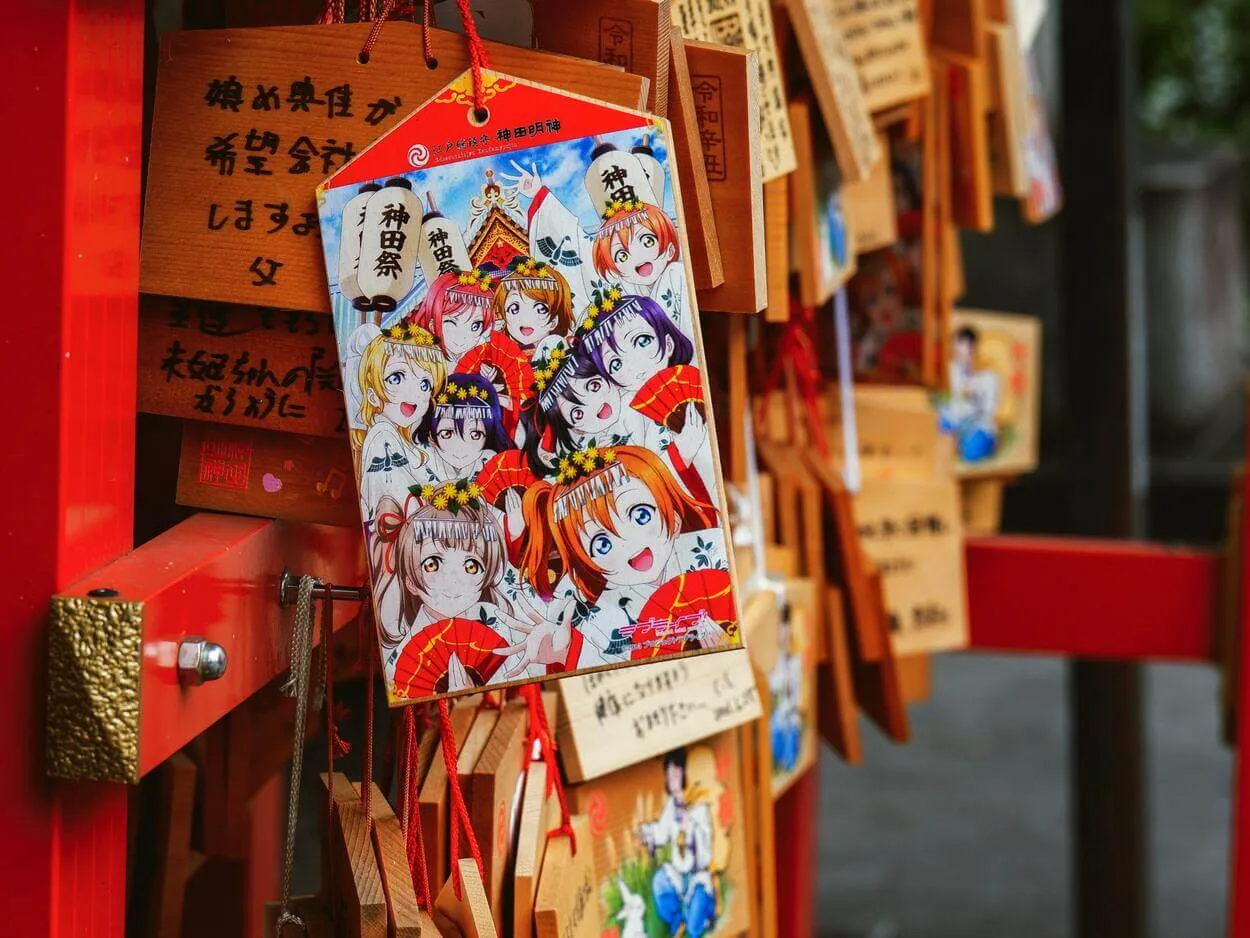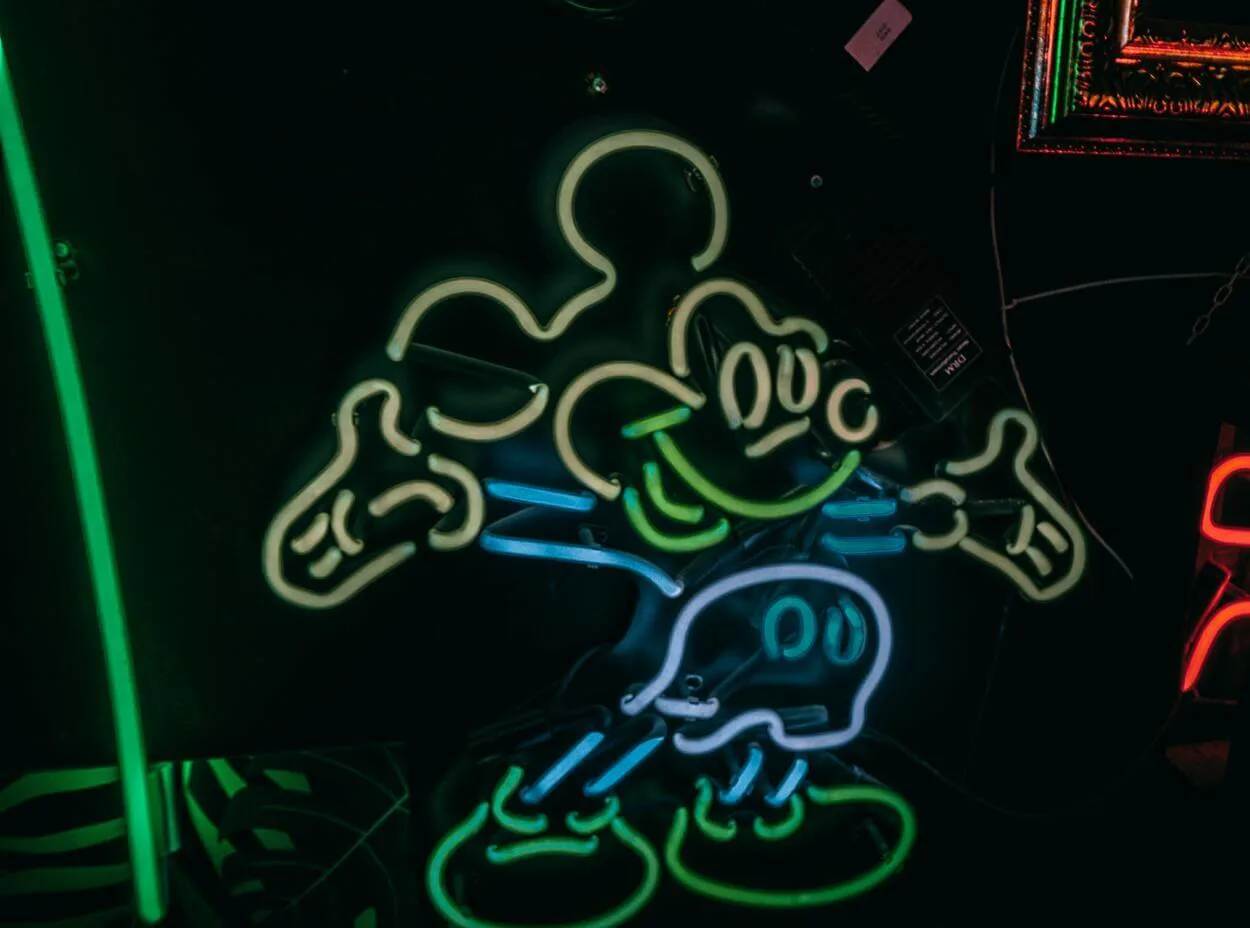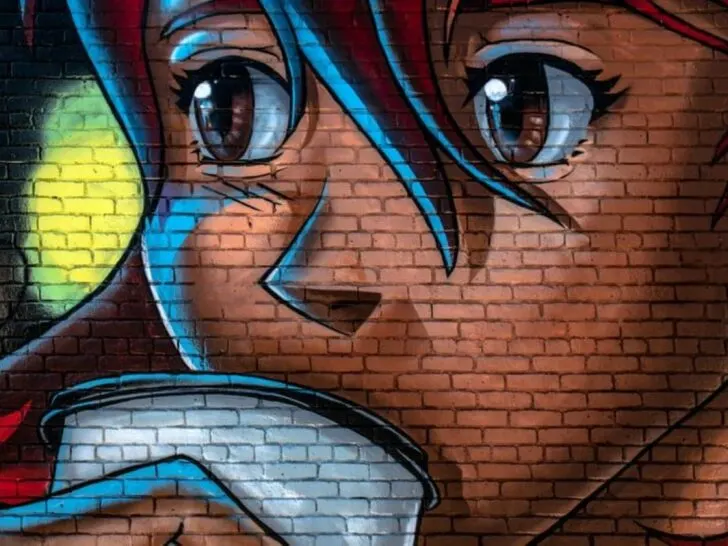Cartoons and anime were probably a part of your childhood and even adulthood. There’s no one-size-fits-all regarding these types of entertainment, whether it’s Tom and Jerry or Attack Titan.
These entertainment serials comprise different visual arts. Two of these are anime and cartoons. Westerners tend to view anime as merely another form of cartooning. Nonetheless, Japan does not consider anime to be a cartoon.
Both anime and cartoons are different in their physical attributes and characteristic features.
The main difference between cartoons and anime is that cartoons are unspecified animations that intend to bring sarcasm or humor out. In contrast, anime movies describe animated feature films produced in Japan.
Moreover, Cartoons and anime have different roots; they symbolize different concepts, their methods of depiction are different, and most importantly, they are made by audiences from different backgrounds.
If you want to know more about these two visual arts, keep reading.

What Is Anime Art?
Japanese animation is known as anime, and it is a specific style of cartoon that is produced or inspired by it.
Characters in these cartoons are vibrant, colorful, and depict fantastical themes. The origins of anime can be traced to the turn of the 20th century. Anime’s distinctive art style, however, was born in the 1960s with the work of Osamu Tezuka. Anime shows are indeed cartoons, but not all cartoons are anime shows.
An anime’s art style is very distinctive and recognizable. The visual effects of anime are one of its most distinguishing features. Anime is pretty detailed, especially in the setting and the characters. Unlike cartoons, the characters’ faces, body proportions, and clothing are more realistic.
You are probably familiar with many characteristics, including large eyes, wild hair, long arms and limbs, and more. Anime characters can express emotions more quickly due to this exaggerated design.

What Are Cartoons?
Cartoons are television shows and short films that use drawn or computer-generated images to simulate motion. In terms of visual arts, a cartoon is simply a two-dimensional drawing.
The term “cartoon” was initially used in the Middle East. In the past, cartoons were full-size drawings created on paper or cardboard and used as models to paint, create stained glass, or create other arts and crafts. They’re related to both Italian and Dutch words “cartone” and “Karton,” respectively, meaning “strong, heavy paper or pasteboard.”
From there, cartoons transitioned to print media, describing funny situations in realistic or semi-realistic drawings. In addition to print cartoons, you can also find animated cartoons.

Is There Any Difference Between Cartoons And Anime?
The popularity of anime in western countries has sparked numerous debates between cartoons and anime. No official line delineates where cartoons end and animes begin, so this is a very delicate topic.
Many people consider anime a cartoon type, but that’s not the case. Anime and cartoons differ from each other in various aspects.
The primary difference between anime and cartoons is that anime is a form of Japanese picture animation, whereas a cartoon is an illustrated visual art form that is two-dimensional.
Difference In Appearance
The physical appearance and visual characteristics of anime are much more defined than the cartoons.
Cartoons are just two-dimensional drawings converted into a film using animation techniques. In contrast, there’s a great deal of detail in anime; the settings and characters are more elaborate. Compared to cartoons, the faces, proportions of the body, and clothing of the characters are more realistic.
Difference In Storyline
An animation can cover a wide range of topics and come in various genres, such as a slice of life, a horror, a mecha, an adventure, or a romance.
Whereas, Generally, cartoons feature humor and are geared toward making people laugh hard.
Difference In Audience
The target audience of cartoons is primarily kids. That’s why you can find them full of humor and things that are not relatable to real life.
On the other hand, anime targets audiences ranging from kids to adults. Thus, they cover a massive range of topics depending on the specified audience.
Difference Of Origin
Most anime films are produced and made in Japan alone, as well as most anime shows.
Although cartoons originated primarily in the United States, they’re now produced worldwide.
Difference In Terminology
According to some, anime originated from the French term dessin animé, while others claim it was used as an acronym in the late 1970s. Also, in the 1970s and 1980s, the word “Japanimation” was in vogue for anime made in Japan.
Cartoons, on the other hand, were initially used as models or studies for paintings. These were derived from “Karton,” which refers to strong or heavy paper. In the late 20th century, the term cartoon had lost its original meaning and was used exclusively to describe humorous pictures with captions.
Here is a table summarizing all these differences:
| Anime | Cartoon |
| The term anime refers to a style of motion picture produced by the Japanese. | Cartoons are two-dimensional visual illustrations. |
| Animations are made using similar techniques to movies | Techniques for creating cartoons are simple. |
| Animation genres include a slice of life, horror, mecha, adventures, romance, and more. | Comedy is a hallmark of cartoons, striving to make people laugh heartily. |
| Kids and adults alike enjoy anime shows. | Young audiences and children are primarily the target audience for cartoons. |
| Visuals are created for an anime even before the voice-over is recorded. | In cartoons, voice acting takes place before the visuals are created. |
| There is often an exaggeration of facial expressions and physical features in anime, but they look close to reality. | Cartoons are drawings with minimum defined features that are not relatable to the real world. |
Here’s a video showing differences between anime and cartoons in detail:
Is Anime Just Japanese Cartoon?
To be precise, anime is just animations produced within Japan since it is the Japanese word for cartoons. Sometimes their distinctive style defines how people define the term ‘anime.’
Which One Is Better: Cartoon Or Anime?
Anime is better for younger adults since people want something they can relate to in their lives to keep their interest. Cartoons are better for children with no strong real-world experiences, but cartoons are better for children.
A child can grow out of Western animation once they develop a sense of reality. However, anime is geared toward a broader audience and never seems to age. In general, anime is superior to western animation.

What Are The Top Rated Anime In The World?
Some of the top-rated anime in the world include:
- Clannad After Story
- Fullmetal Alchemist: Brotherhood
- Steins; Gate
- Spirited Away
- Cowboy Bebop
- Princess Mononoke
Bottom Line
- Anime and cartoons are both visual art entertainment you watch throughout your life. They have pretty distinctive characteristic features that demarcate them as two different things.
- The term cartoon refers to western animation aimed at children, while anime is Japanese animation aimed at different age groups from kids to adults.
- Cartoons are simple two-dimensional structures, while anime is more defined graphically.
- Animes are created using similar techniques to those used in movies, whereas cartoons are made using simple methods.
- Cartoons are light and kid-friendly, whereas anime is more complex.
Related Articles
Anime Canon vs Manga Canon (Discussed)

